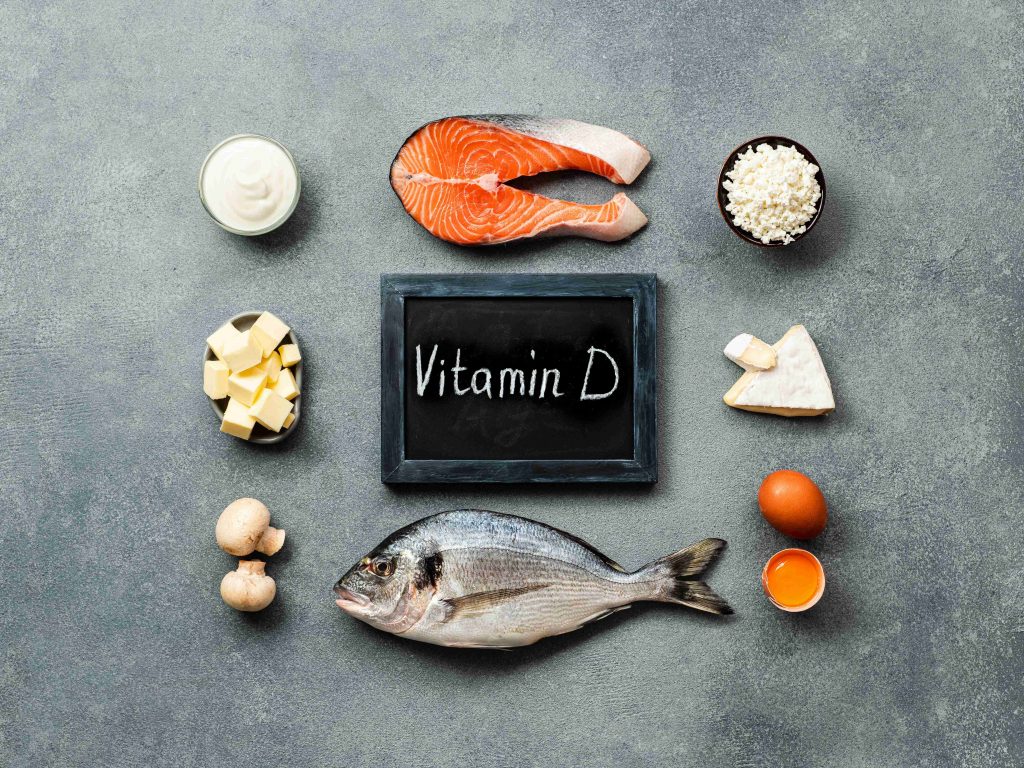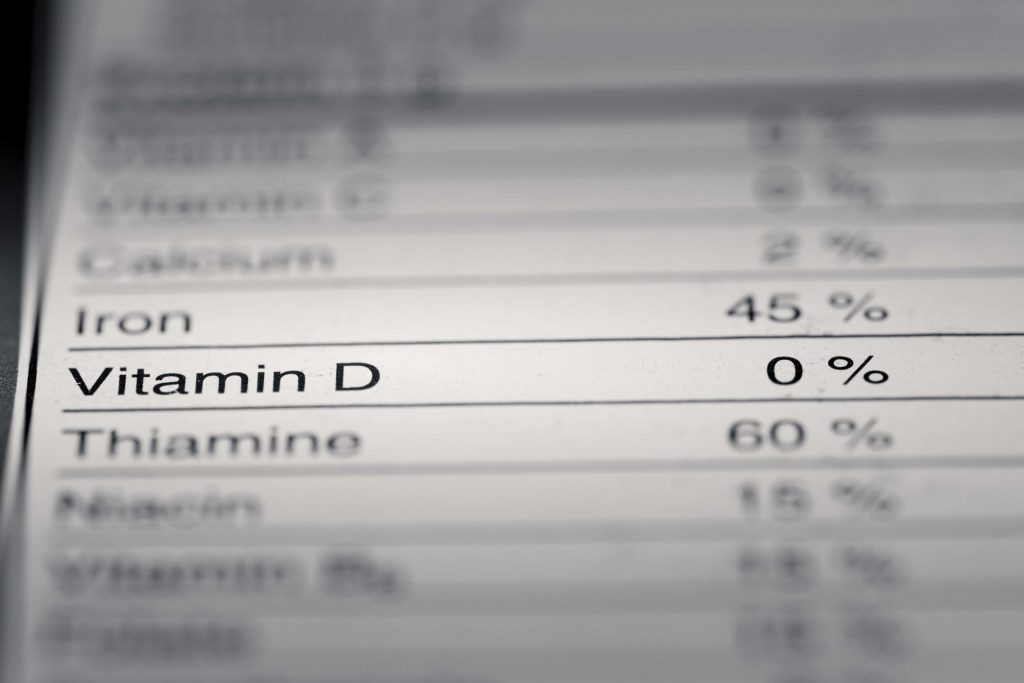Coronavirus is forcing us all to stay indoors. But is staying indoors overall beneficial for us? In some terms yes, as it is the most effective way to stay away from Novel Coronavirus, but in some terms staying indoors can affect our overall health as we are staying away from sunlight and fresh air. Staying indoors most of the time, many people are developing a deficiency of vitamin D. Reason? not enough sunlight!
Despite being made clear that vitamin D is essential for our bodily functions, quite a number of people are found to be deficient in this essential nutrient, irrespective of their age.
How much vitamin D do you need?
The amount of vitamin D you need every day depends on your age. The recommended amounts are measure in international units (IU):
| Age | Recommended dietary allowance (IU/day) | Upper level intake (IU/day) |
| Infants 0-6 months | 400 | 1000 |
| Infants 6-12 months | 400 | 1500 |
| Children 1-3 years old | 600 | 2500 |
| Children 4-8 years | 600 | 3000 |
| People 9-70 years old | 600 | 4000 |
| People over 70 years old | 800 | 4000 |
| Females 14-50 years old, pregnant/lactating | 600 | 4000 |
Table reference: Cleveland clinic
What are the sources of vitamin D?

You can get vitamin D in three ways.
- Being exposed to the sun. About 15-20 minutes three days per week
- Through the regular foods you eat
- Through nutritional supplements
What are the side effects of low vitamin D?
- Obesity: Being obese can limit the body’s ability to use vitamin D, as fat cells don’t release vitamins efficiently. People with a BMI of 30 or greater often have low blood levels of vitamin D. This means obesity could actually make vitamin D deficiency worse.
- Diabetes: According to a Spanish study published in 2015 in the Journal of Clinical Endocrinology & Metabolism, people with diabetes and pre-diabetes have a low level of vitamin D when compared to those with normal blood sugar levels.
- Heart disease: Vitamin D deficiency and heart diseases are known to go hand in hand! According to a 2009 study in the Journal of Clinical Endocrinology & Metabolism people with extremely low vitamin D levels are nearly three times as likely to die of heart failure and five times as likely to die of a sudden cardiac arrest.
- Multiple sclerosis (MS): In 2013, research conducted on 465 people with early-stage MS, it was found that those with a low level of vitamin D were more prone to this disease. On the other hand, people with adequate vitamin D levels, there was a lower risk of development of new lesions in the brain, less disability and disease severity, and better nonverbal long-term memory performance.
- Eczema: Research has shown that children with atopic dermatitis, a type of eczema, have more severe symptoms when their vitamin D levels are low. Supplementing with vitamin D in pill or mint strip form can help improve eczema.
- Cognitive disorders: Vitamin D deficiency has been found to be common in patients with Parkinson’s disease, Alzheimer’s disease, schizophrenia, depression, anxiety disorders, and dementia. In other words, all cognitive disorders and vitamin D deficiency are proportional to each other.
- Cancer: Sun and skin cancer have been linked for so long. But you’ll be surprised to know that vitamin D deficiency can actually be linked to the development of other cancers including prostate, breast, and colon.
- Rheumatoid arthritis (RA): A review of research has found that people with adequate or high vitamin D levels have a 24.2% lower risk of developing Rheumatoid arthritis compared to those with lower levels.

What are the signs and symptoms of vitamin D deficiency?
- Fatigue or tiredness
- Bone and back pain
- Muscle weakness
- Mood changes, like depression
- Impaired wound healing
- Hair loss
Solution for vitamin D deficiency:

Vitamin D is available in two different forms in food sources, Vitamin D3 (cholecalciferol) and vitamin D2 (ergocalciferol). There are specific foods which are known for being rich in vitamin D. Some of them are: Cod liver oil, wild-caught salmon, mackerel, tuna fish, fortified milk, sardines, beef liver, eggs, fortified cereal, caviar, and mushrooms.
Well, if you want to increase your vitamin D levels you can do it through supplements like: VitaMints. VitaMints are mint strips rich in vitamin D which increases the level of vitamin D3 aka Cholecalciferol in your body, boosts immunity, and makes bones and teeth stronger. These mint strips are easily available online. Know more about VitaMints.

Can too much vitamin D be harmful?
Excess of everything is bad! The term vitamin D toxicity is used for getting too much vitamin D which can be harmful. Vitamin D toxicity is usually caused by large and extra doses of vitamin D supplements. The toxicity can never be caused by extra sun exposure or diet because our body regulates the amount of vitamin D produced by sun exposure and also the fortified foods don’t contain large amounts of vitamin D.
Health risks from excessive vitamin D
Signs of toxicity include nausea, poor appetite, vomiting, weakness, constipation, and weight loss. The toxicity can also damage kidneys and raise the levels of calcium in the blood. High levels of blood calcium can cause several heart diseases.
Conclusion: Vitamin D is necessary for the body to function properly. Make sure you are intaking vitamin D in sufficient amounts.

